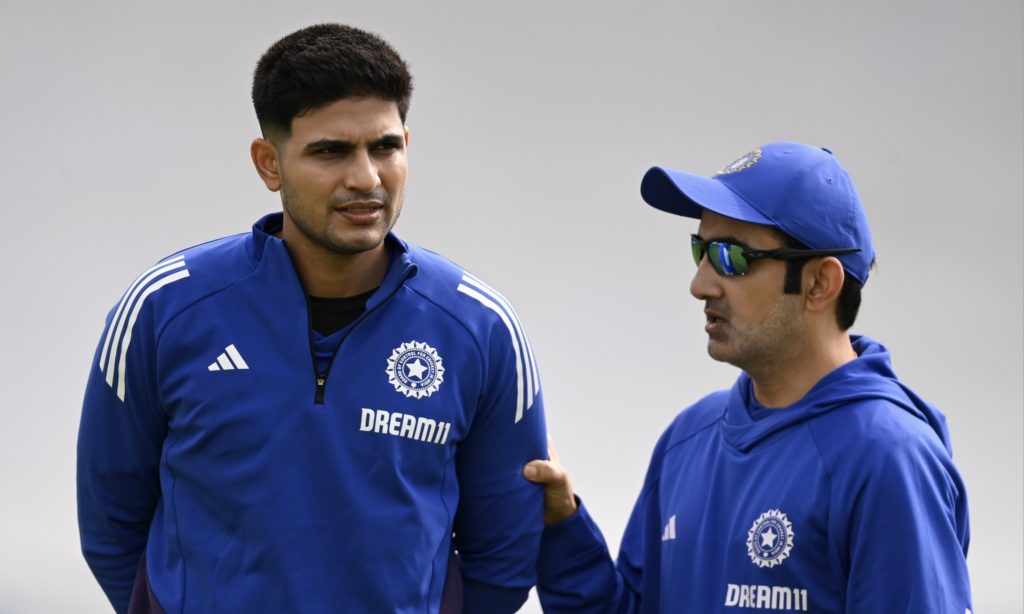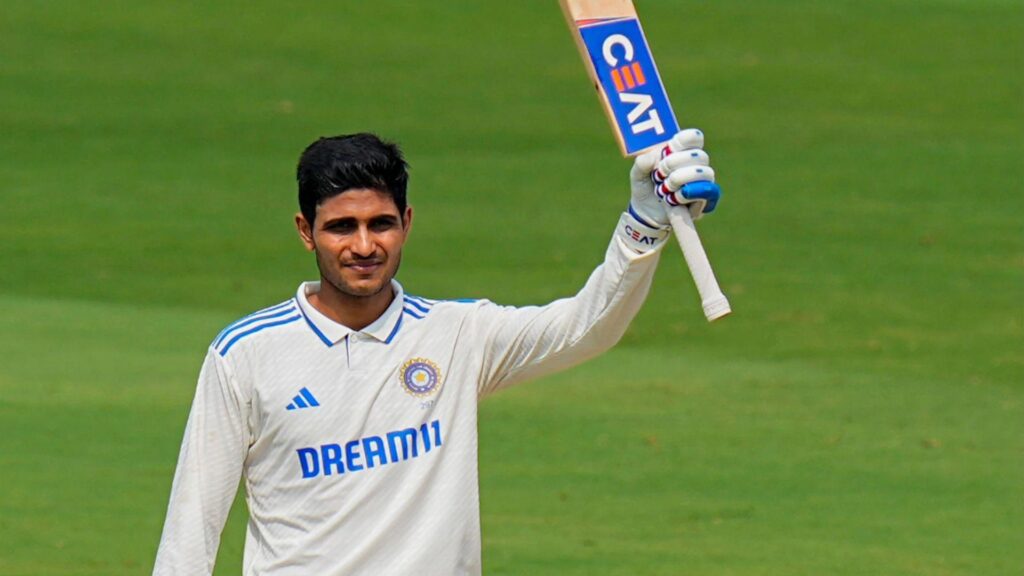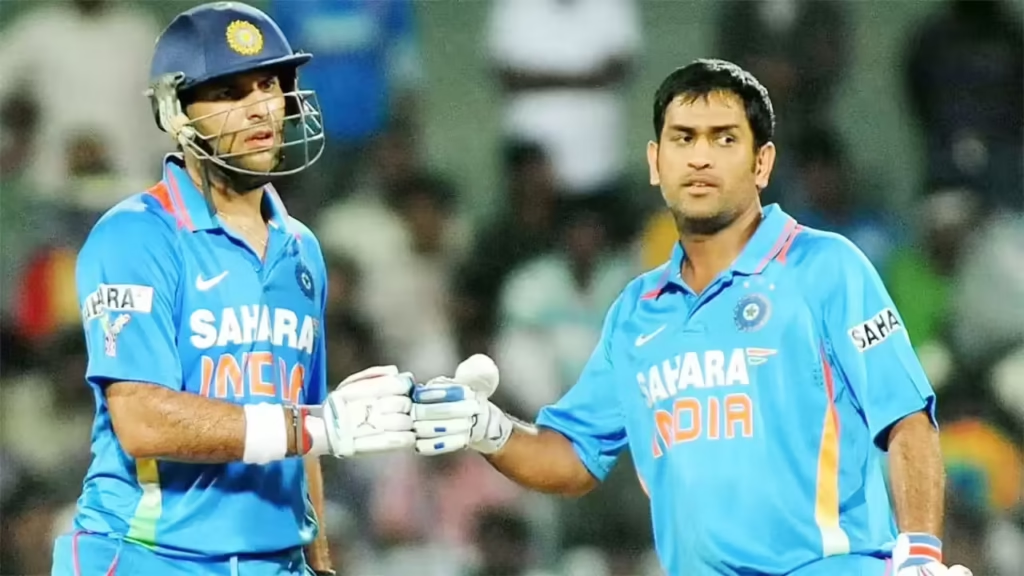Now Reading: Shubman Gill, Gautam Gambhir Mark Start of a New Era in Indian Cricket
-
01
Shubman Gill, Gautam Gambhir Mark Start of a New Era in Indian Cricket
Shubman Gill, Gautam Gambhir Mark Start of a New Era in Indian Cricket

India’s tour of England has turned out to be more than just another bilateral series. It’s quickly becoming the symbolic handover of leadership and intent, and The Oval Test just confirmed it. Shubman Gill’s calm brilliance and Gautam Gambhir’s clear stamp on team attitude signal a new phase. The message is simple: the transition is no longer underway—it’s done.
A Knock That Spoke Louder Than Words
Shubman Gill walked into The Oval with expectations on his shoulders and clarity in his shot selection. He didn’t just score runs—he played like someone who has fully arrived. No longer the apprentice to senior players, Gill now looks like a central figure in India’s batting lineup.
His stroke play was measured, his judgement sharper than before, and his approach showed a shift from potential to performance. On a pitch where the ball moved enough to test patience, Gill stayed grounded. This wasn’t a flashy knock; it was a mature one. And that’s exactly what India needs from him now.
Gautam Gambhir’s Presence Is Already Felt
Appointed recently as the head coach, Gautam Gambhir’s effect is already showing, even if he hasn’t made any official comments yet. The team’s attitude—more assertive, more focused—feels in line with how Gambhir played the game: direct, no-nonsense, and fiercely result-oriented.
Youngsters are getting longer ropes, roles seem clearer, and there’s an early sense of discipline and intent. His presence at The Oval, watching closely from the dressing room, was more than symbolic. It hinted at the start of a culture shift—one that values grit as much as talent.
A Quiet Goodbye to the Old Guard
Every cricket generation transitions, but this one feels different. There’s no formal farewell happening, but you can sense the quiet exit of the older template. No dramatic announcements. Just a visible shift in who is delivering results and how decisions are being made.
Players like Rohit Sharma and Virat Kohli still have their place, but the team doesn’t revolve around them anymore. The system is preparing for life beyond them, and it’s doing so smoothly. That’s rare in Indian cricket, where transitions are often messy or delayed.
Why This Matters Beyond the Scoreboard
For fans in Tier 2 cities, who closely follow the rise of new stars and often see themselves in these younger players, this shift means a lot. Gill, a cricketer from Fazilka, Punjab, and Gambhir, rooted in Delhi’s competitive cricket scene, resonate with the ambitions of middle India.
Their rise shows that talent from anywhere can take centre stage, as long as it’s backed by attitude and purpose. This message is crucial in a cricketing landscape that’s becoming more democratic and performance-driven.
A Team Rewired, Not Just Refreshed
This isn’t just about changing faces. It’s about rewriting how this team thinks. With a new leadership group forming and performances from the next-gen players stepping up under pressure, Indian cricket seems less dependent on legacy and more focused on progression.
If this series continues on the same note, we’ll likely look back at The Oval Test not just for the numbers—but for being the clear marker of where the old era ended and the new one began.

























